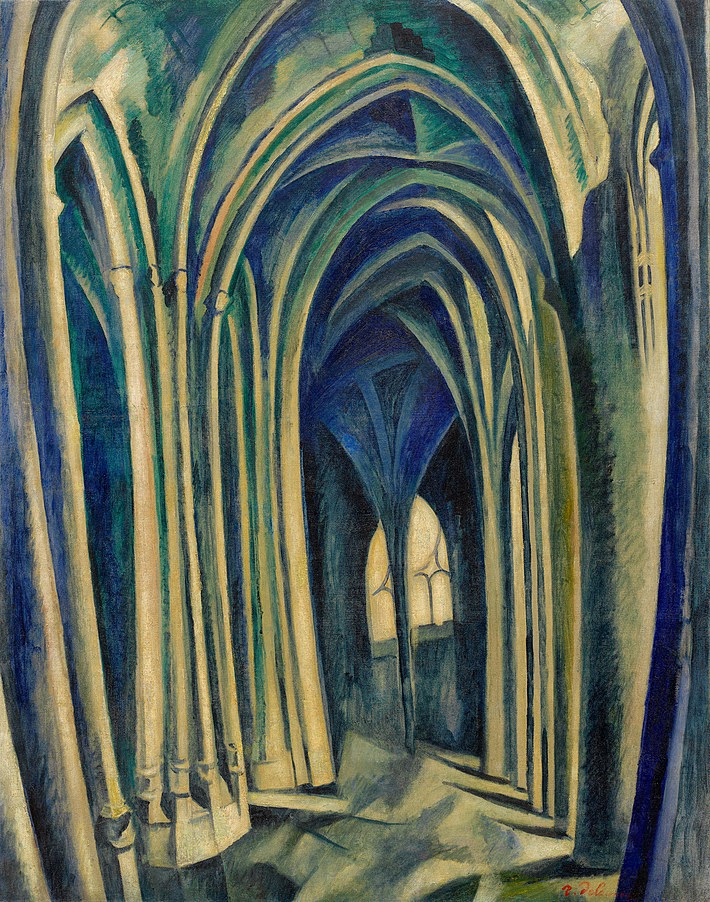Cubism.
Cubism is an early 20th century avant-garde art movement that revolutionised European painting and sculpting. Cubism has been considered the most influential art movement of the 20th century.
Cubism was pioneered Georges Braque and Pablo Picasso, joined by Jean Metzinger, Albert Gleizes, Robert Delaunay, Henri Le Fauconnier, Fernand Léger and Juan Gris.
The movement was pioneered by George Braque and Pablo Picasso, joined by Jean Metzinger, Albert Gleizes, Robert Delaunay, Henri Le Fauconnier, Fernand Leger and Juan Gris.
Cubism was pioneered Georges Braque and Pablo Picasso, joined by Jean Metzinger, Albert Gleizes, Robert Delaunay, Henri Le Fauconnier, Fernand Léger and Juan Gris.
The movement was pioneered by George Braque and Pablo Picasso, joined by Jean Metzinger, Albert Gleizes, Robert Delaunay, Henri Le Fauconnier, Fernand Leger and Juan Gris.
This painting was done by George Braque in 1920, it is called 'Violin and Candlestick' It is an oil on canvas painting in the San Francisco Museum of Modern Art.
The art work is quite difficult to decipher at first, but you can see the violin in the middle, broken up by the shapes, but there looks to be more than one. The candlestick is slight more difficult to find. This work is quite nice but I would look at different type of cubism work, for example, Robert Delaunay.

These are some pieces of work that Robert Delaunay has made, and are few of my favourites. I like his Eiffel Tower work as the abstract shape of the frames, mixed in with the cloud like shapes placed in between two buildings. This kind of work draws the eye as it is a mixture of warm and cold colours and the cube like 'mess' (Not really a mess, just has that jagged look to it)

These are some pieces of work that Robert Delaunay has made, and are few of my favourites. I like his Eiffel Tower work as the abstract shape of the frames, mixed in with the cloud like shapes placed in between two buildings. This kind of work draws the eye as it is a mixture of warm and cold colours and the cube like 'mess' (Not really a mess, just has that jagged look to it)
I have myself done a piece of Delaunay's work for a school project which has part of his Eiffel and circles work. I also have a enlarged version of part of his Eiffel work in wax crayon. This kind of work inspires me as it is abstract and pretty much anything goes which adds uniqueness to Delaunay's work.






